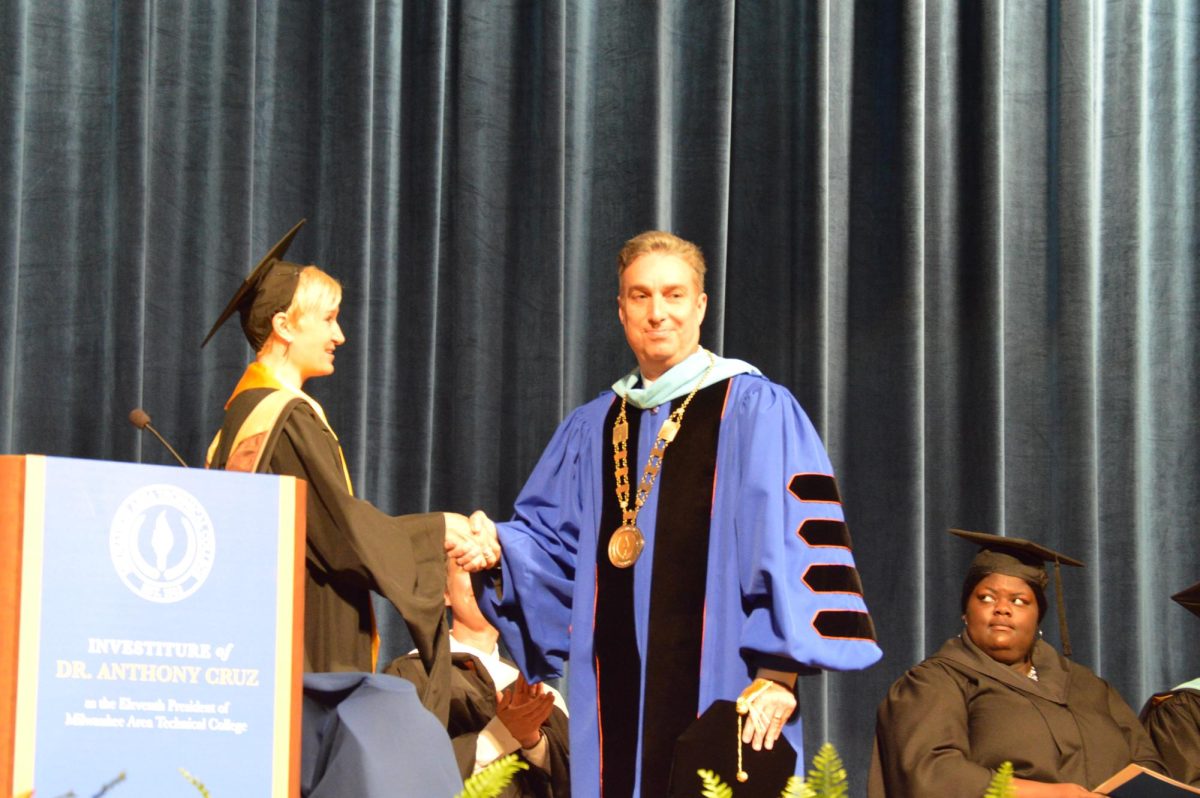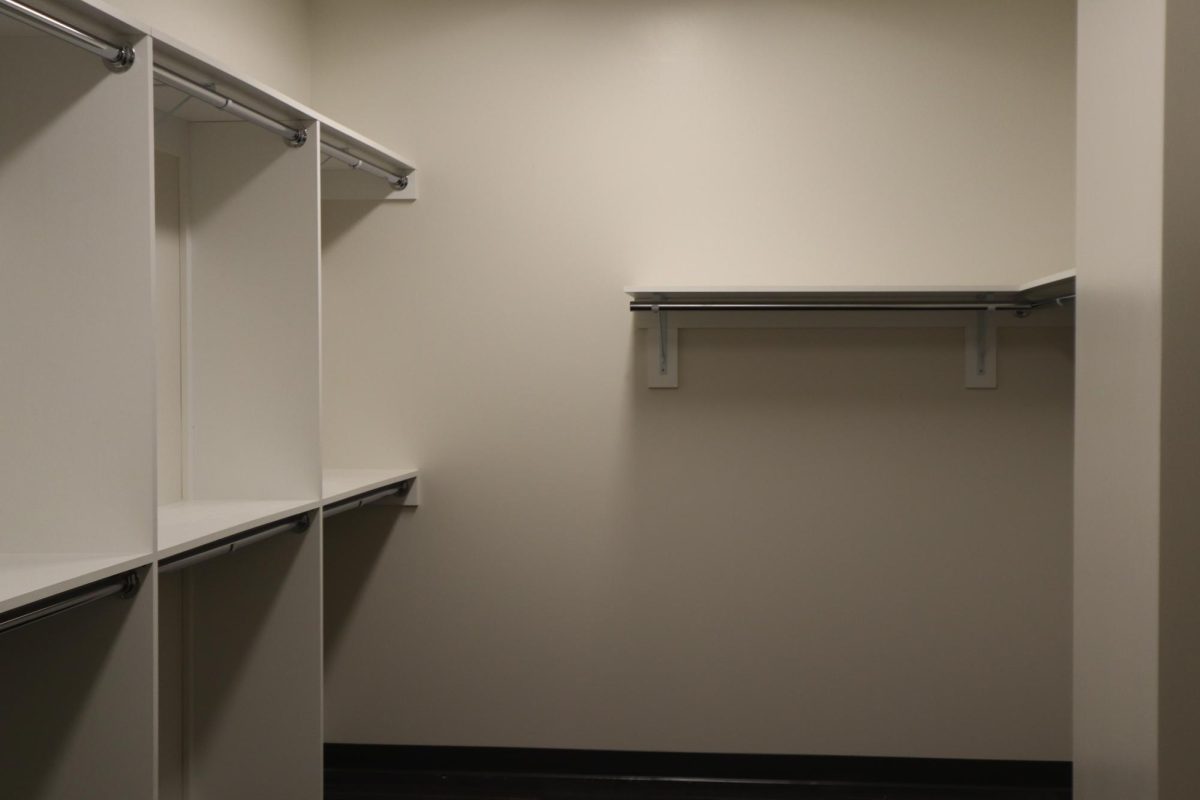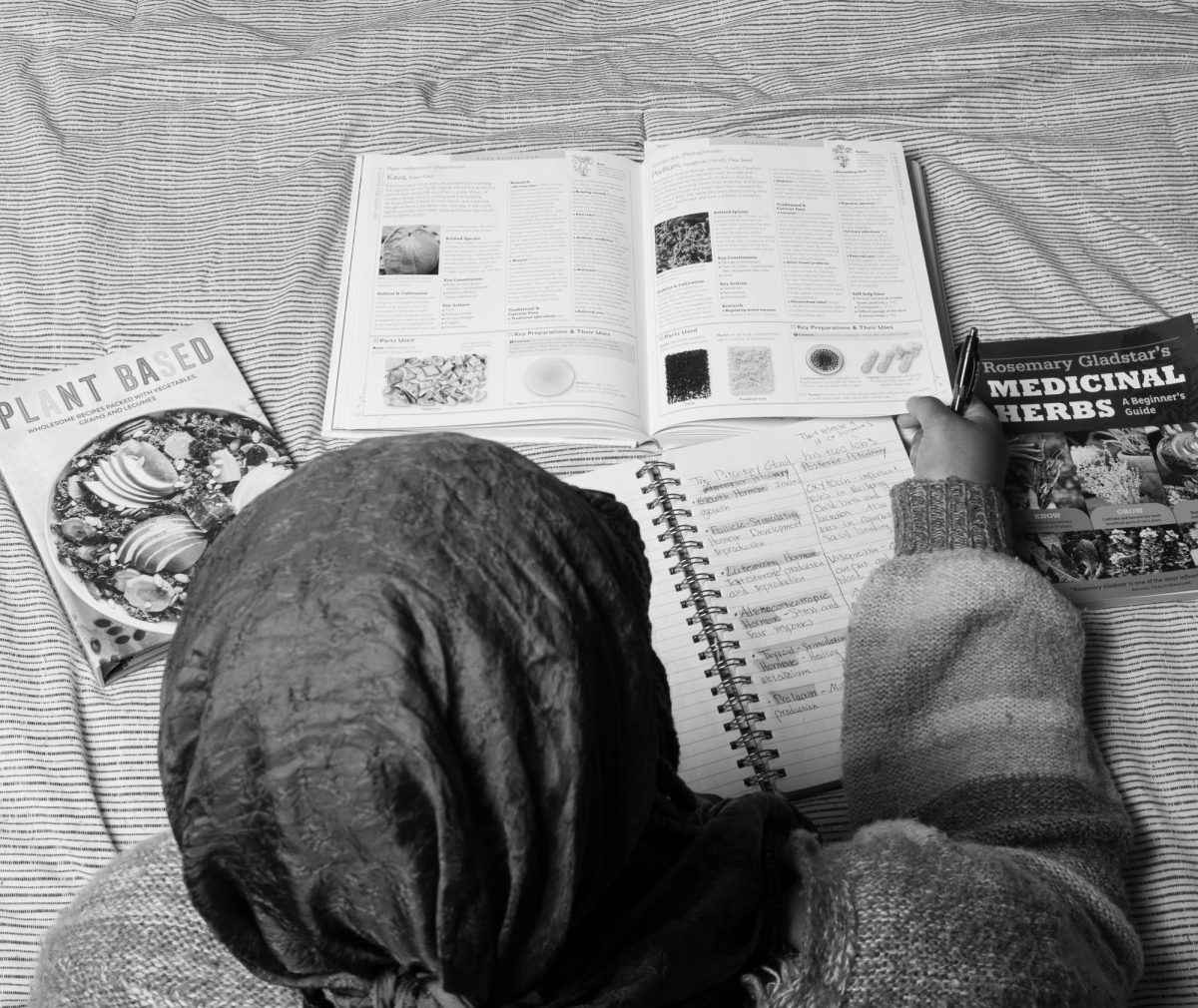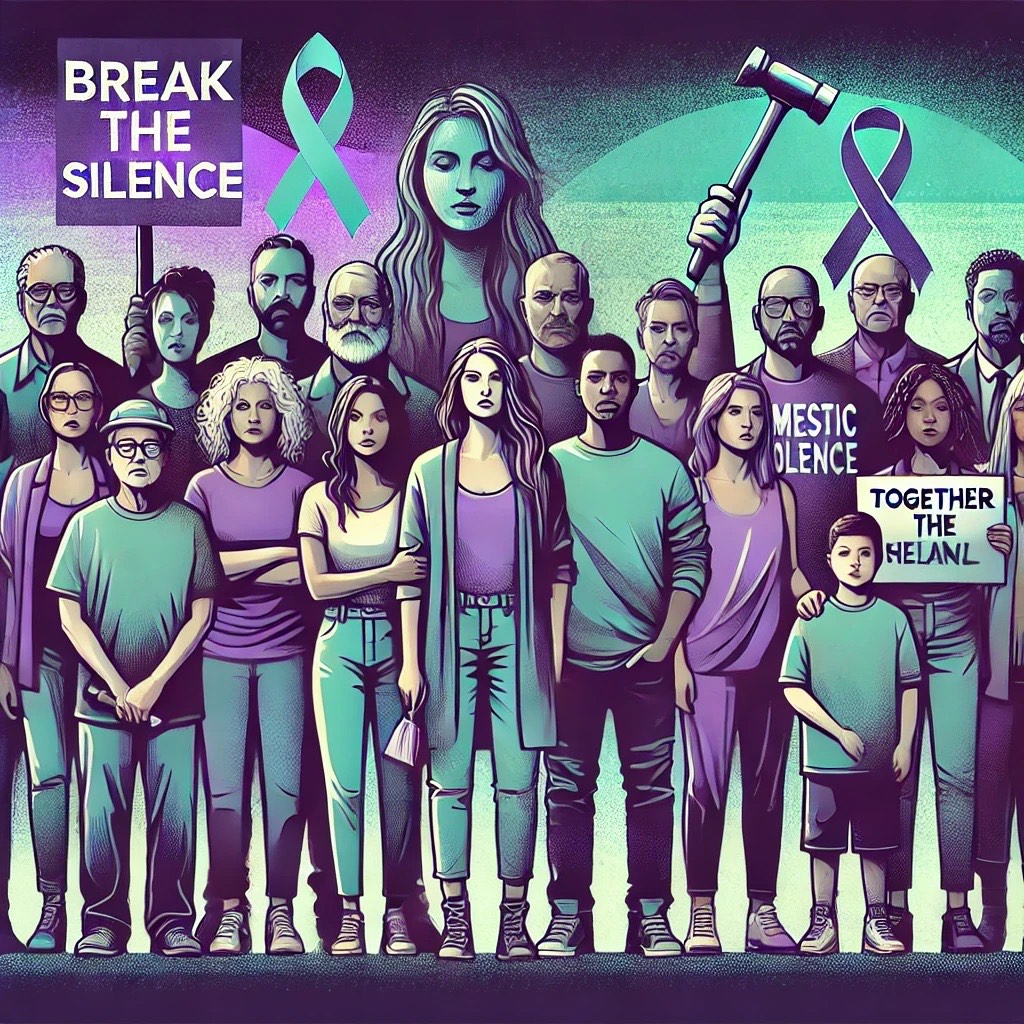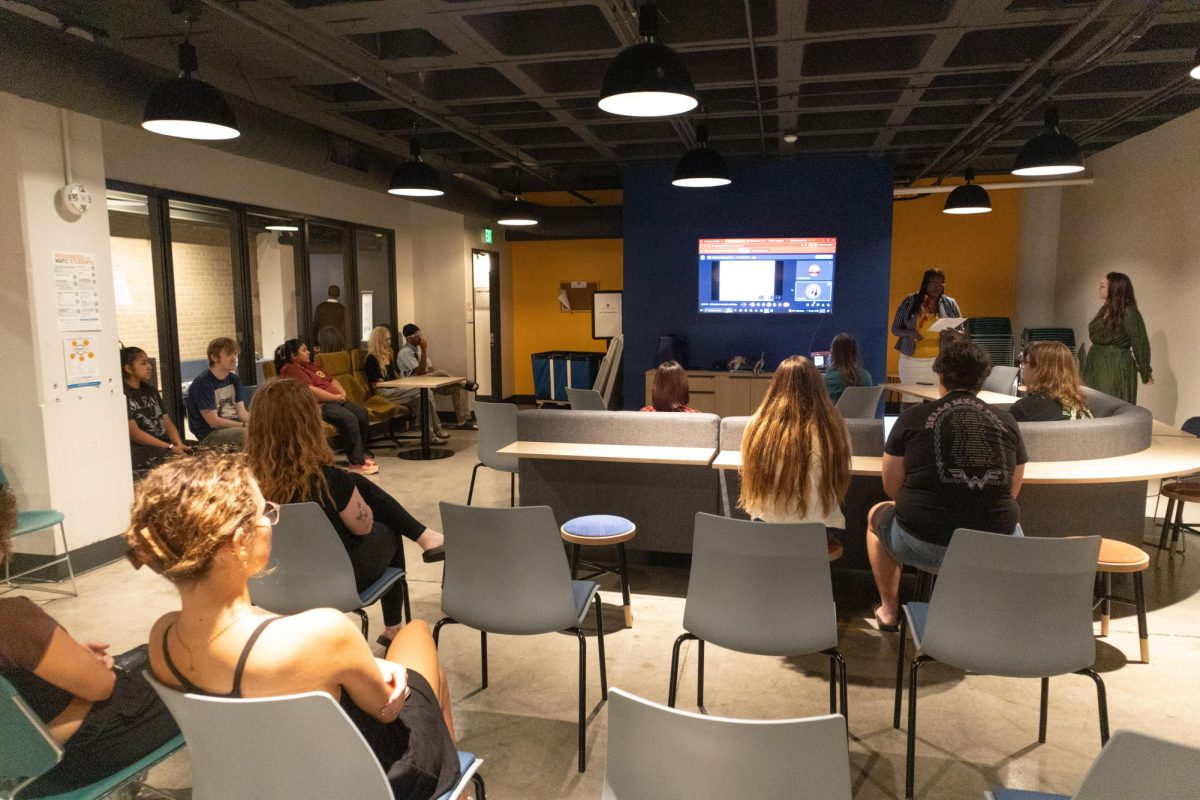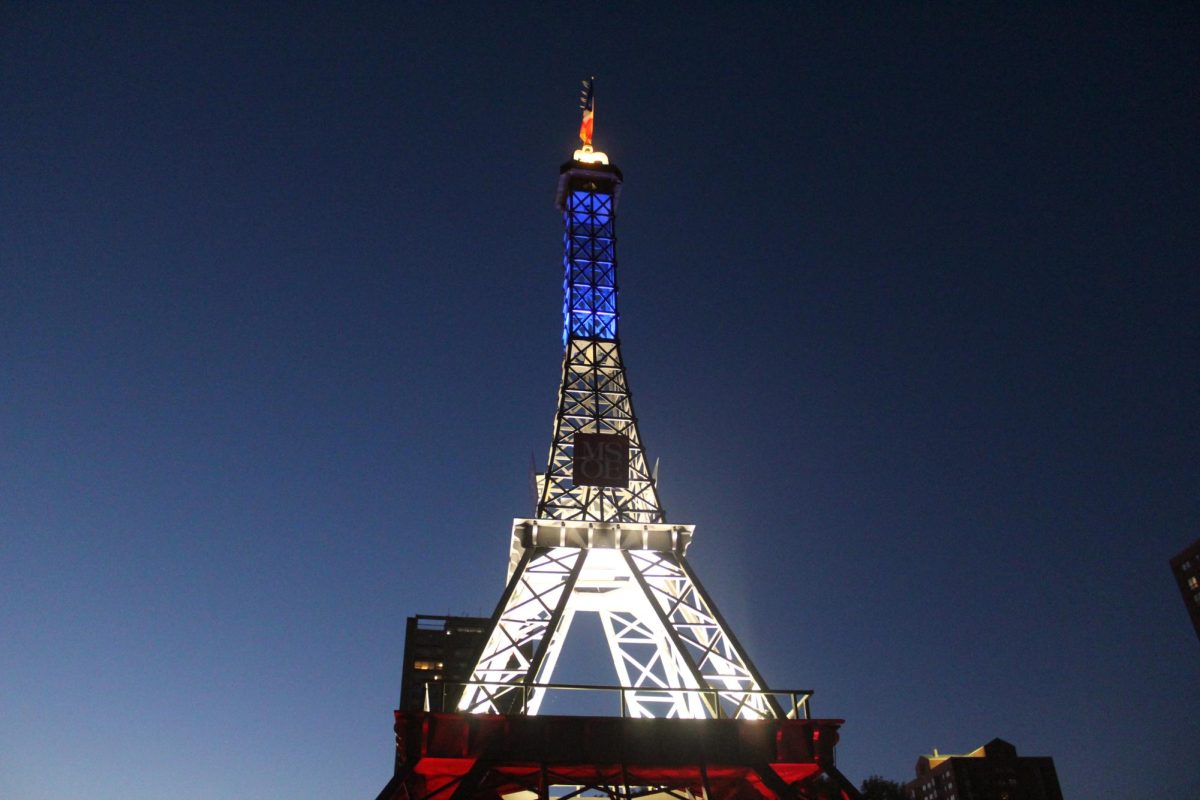Former President George W. Bush, a Texas oilman, was a skeptic of global warming. So, shortly after his inauguration in January, 2001, he asked the National Academy of Sciences to research the topic.The Academy, an organization of the nation’s most distinguished scientists and engineers, established a task force of climate science specialists to analyze the vast body of evidence available and publish its conclusions. The Academy’s report, Climate Change Science, issued in June, 2001, concluded that “Greenhouse gases are accumulating in Earth’s atmosphere as a result of human activities, causing surface air temperatures and subsurface ocean temperatures to rise.”
The Academy further concluded that “human-induced warming and associated sea-level rises are expected to continue through the 21st century.” The Intergovernmental Panel on Climate Change (IPCC), comprised of more than 2,000 climate scientists from 150 countries, has been studying climate change for two decades. This is one of the most comprehensive interdisciplinary research projects in the history of science. (The IPCC team was awarded the Nobel Prize in 2007.)
At intervals of about five years, IPCC has published landmark reports documenting their methods, data and conclusions. The most recent, published in four volumes in 2007, strengthened the conclusions of the three earlier reports: greenhouse gases – especially carbon dioxide (CO2) from the combustion of fossil fuels – continue to accumulate in Earth’s atmosphere at an accelerating rate, and the amount of heat being trapped at Earth’s surface is increasing apace. (The “greenhouse signature” is clear, bold and planetwide.) The notion that CO2 in Earth’s atmosphere is already absorbing as much infrared radiation as it can is incorrect, and also ignores the critical fact that this gas is continually increasing in amount (2 ppm per year) and at an accelerating rate!
The mid-September report from the National Climatic Data Center (NCDC) reveals that the combined global land and ocean average surface temperature for August, 2009, was the second warmest on record (130 years). Global warming has not stopped! (The “noise” of natural annual variability should not be misconstrued as reversals of trend.)
In fact, we are experiencing a broad peak of high temperature that continues. The 10 warmest years on record have all been since 1997! The NCDC also reported in September that the surface temperatures of Earth’s oceans have reached record highs. Ocean temperatures for June, July and August broke all records.
This is especially significant because of the high heat content of water; it takes an immense amount of heat to increase the temperature of a large body of water. (We in Milwaukee know how slowly Lake Michigan changes temperature.) The warming of the ocean surface is a powerful warning of how much heat is being added to and stored at Earth’s surface!
In the September 4 issue of Science, researchers reported that the Arctic is warmer than it’s been in 2,000 years, even though it should be cooling because of changes in the Earth’s orbit that cause the region to get less direct sunlight. “The Arctic as we know it may soon be a thing of the past,” warned Eric Post, leader of a research team that studied the Arctic during the International Polar Year (2007-2008). It is inaccurate to say that polar bears are not endangered. All large mammals that depend on Arctic sea ice are endangered (including walrus and seals). The National Snow and Ice Data Center reported that Arctic sea ice shrank to near record levels again this year.
Satellite laser altimetry data reveal that many glaciers along the margins of the Greenland and Antarctic ice sheets are accelerating, according to a report published September 23 in the prestigious journal Nature.
The catastrophic collapse of fringing ice shelves along the Antarctic Peninsula has resulted in the speed up of outflow glaciers. Satellite gravity measurements indicate a loss of ice mass in much of the rest of Antarctica as well. A slight increase of snowfall in East Antarctica is actually a result of global warming because increased evaporation from warmer oceans puts more water vapor in the atmosphere which, in turn, leads to increased precipitation.
The computer models of climate scientists have been remarkably accurate in predicting global rises of temperature and sea level, melting of the cryosphere (ice) worldwide, increased intensity of storms and precipitation, increased intensity of heat waves and droughts, and enlargement of tropical Hadley convection cells (“hot spot”?).
If anything, model projections have erred on the conservative side; impacts have been more severe than predicted!
Because the body of evidence is immense and compelling, the conclusions of the IPCC reports were endorsed by the governments of all 150 participating countries, including the United States under the Bush Administration. And because the very habitability of our home planet and the resources she provides for life are at stake, virtually all of the major scientific organizations of the United States and the world have adopted strong statements recognizing the reality of global warming, the serious threat of resultant climate change impacts, and the necessity of major immediate efforts to control the greenhouse gas emissions – mainly CO2.
The challenge is so important that everyone should understand the problem. Consider the greenhouse effect – we’ve known about it for nearly two centuries. In 1827, the famous scientist and mathematician Joseph Fourier recognized that planet Earth acts as a radiator, absorbing heat from the sun and radiating that heat back into space. But his calculations showed Earth’s surface temperatures much higher than they should be if all radiated heat is lost. Fourier reasoned that gases in Earth’s atmosphere were doing the absorbing: the greenhouse effect.
In the late 1850s, John Tyndall conducted controlled experiments in London to measure infrared absorption by gases in air. He discovered that trace gases were responsible: principally water vapor (largely from evaporation of sea water) and carbon dioxide. Aware of Tyndall’s experiments, Swedish chemist and future Nobel Prize winner Svante Arrhenius worried that the huge quantities of CO2 being released by the burning of coal in the industrial revolution would trap more heat and cause global temperatures to rise.
In 1895, he calculated that if CO2 continued to increase at the same rate through the 21st century, temperatures would rise an ecologically catastrophic six to nine degrees Fahrenheit (roughly the same range of increase as current computer models project). Scientists have known about the causes and impacts of global warming for well over a century!
Arrhenius recognized that coal beds being mined for fuel contain ancient carbon (in Britain, some 300 million years old), carbon that had been sequestered in the Earth by natural geologic processes. The combustion of this “fossil fuel” was rapidly adding carbon to the atmosphere, thereby upsetting the temperature-
regulating balance of greenhouse gases in the atmosphere.
This is the crux of the global warming dilemma – humankind is effecting time-travel with carbon and energy! We have made ourselves dependent on fossil fuels (coal, oil and natural gas) and consequently are rapidly changing Earth’s atmosphere and the climates to which we and other life forms
have adapted. It is the rapid rate of these human-caused (anthropogenic) changes that distinguishes them from natural changes in the past.
Cores extracted from drill holes in East Antarctica contain more than 800,000 years of ice. This ice includes air bubbles that can be analyzed for trace gases. The ice also records ancient temperatures in the ratios of its oxygen isotopes. This record reveals that temperatures changed slowly in synch with systematic solar radiation (insolation) variations t
hat result from well-known changes of Earth’s axis (wobble and angle of tilt) and orbit; more sunlight yields higher temperatures. The CO2 content of the air followed in reaction to these temperature changes; as the atmosphere warmed, CO2 gradually escaped from the oceans (it is less soluble in warmer water). The additional CO2 in turn trapped more heat, exacerbating temperature rise (positive feedback). The opposite occurred following astronomically-initiated lowering temperature. This CO2 lag is well known to climate scientists, and is not an argument against the CO2 greenhouse effect.
The Antarctic ice cores record the natural range of variation of CO2 in the atmosphere during the many glacial-interglacial fluctuations of the last 800,000 years: CO2 ranges from a minimum of 180 parts per million (ppm) during the colder glacial stages to a maximum of 300 ppm during the warmer interglacials. Two hundred years ago at the dawn of the industrial revolution, the CO2 content of the air was about 280 ppm. In just two centuries, CO2 has increased more than 38% to 388 ppm! The current level of CO2 is way far outside the range of natural variation. And the rate of CO2 increase is 200 times faster than natural rates. Conclusion: We’re doing it!
Please realize that there have been and always will be skeptics of virtually all knowledge. Some still think the Sun goes around the Earth, or that planet Earth is flat, or that Earth is only some 6,000 years old. Some say the astronauts never traveled to the Moon.
Mahmoud Ahmadinejad denies the Holocaust despite enormous and conclusive substantiating evidence. MATC has embraced a set of Core Abilities that are central to its mission of excellence in education. Among these essential skills is the ability to think critically and creatively, for which the foremost indicator is Learner differentiates between assertions based on evidence and opinions.
It is certainly possible to obtain a large number of signatures from skeptics who deny or discount well documented science. But science is not based on opinions, petitions or politics. Science derives from measurements, the laws of Nature (such as gravity and thermodynamics) and rational objective analysis.
In the final analysis, although often irritating and time-wasting, skeptics do play a role; they force us to clarify our evidence and to emphasize the importance of rationality. Remember, as we proudly teach at MATC, differentiate between assertions based on evidence and opinions.

